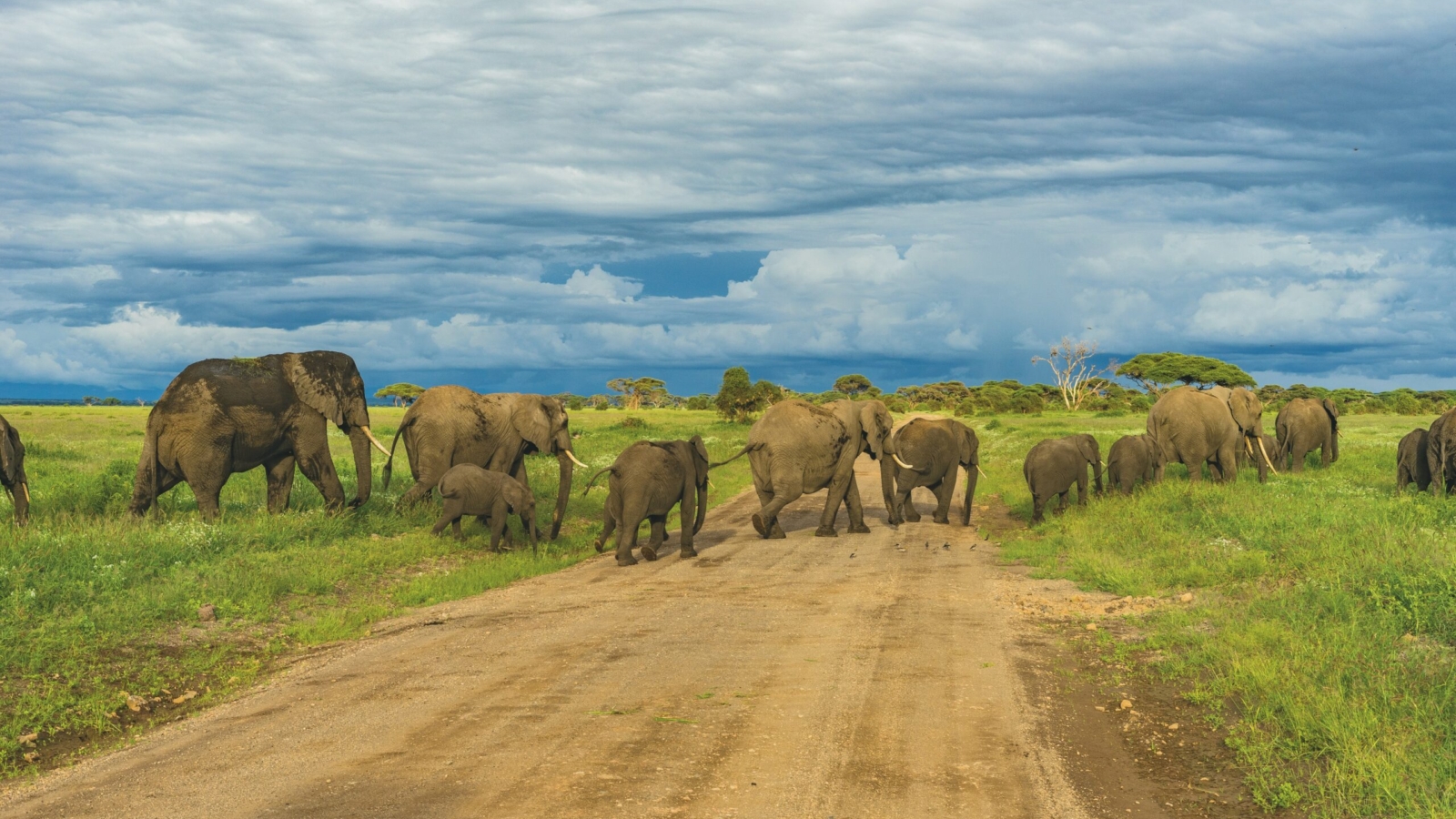Welcome to Tanzania, a land of incredible natural beauty and unparalleled wildlife. From the vast plains of the Serengeti to the towering peaks of Kilimanjaro, this country is home to some of the most breathtaking sights on earth. In this blog post, we’ll take you on a journey through Tanzania’s national parks, exploring its abundance of flora and fauna that make it one of Africa’s must-visit destinations. So sit back, relax and get ready to discover Tanzania’s natural wonders with us!
Introducing Tanzania
In Tanzania, the Serengeti is the symbol of nature. It’s a vast area located in the north-east of the country. The name Serengeti comes from an ancient Luo word meaning “the place where lions prey”. There are about 1,500 different kinds of animals that can be found in this natural reserve.
The Tarangire National Park is also known for its abundance of elephants and lions. The park has an area of 2,700 square kilometers and was established in 1977. It’s estimated that there are around 640 elephants living in the park today. There are also around 100 lions present in Tarangire National Park which makes it one of the most lionized parks in Africa.
One other popular national park is Lake Manyara National Park located in central Tanzania. This park covers an area of 449 square kilometers and was established in 1939. There are about 150 species of birds living within this park which includes some notable species such as bustards, pelicans and ibis.
National Parks of Tanzania
National parks are one of the most magnificent natural treasures that Tanzania has to offer and well worth exploring. The country is home to several of them including Arusha National Park, Serengeti National Park, Ngorongoro Crater Volcanic National Park and Kazira Game Reserve.
Arusha National Park
Serengeti National Park
Ngorongoro Crater Volcanic National Park
Kazira Game Reserve
What to Expect on a Trip to Tanzania’s Natural Wonders
To the uninitiated, Tanzania may seem like an overwhelming destination – its enormous size and diverse landscape makes it a challenge to explore everything that the country has to offer by land. But don’t worry, because there are plenty of activities and sights that can be enjoyed without venturing too far from your accommodations. In this article, we’ll introduce you to some of Tanzania’s most popular natural wonders, describing what travellers can expect while visiting them.
The Serengeti National Park. This vast area is home to more than two hundred thousand zebras, as well as lions, cheetahs, hyenas and hundreds of other species of animals. The park is also famous for its large migration in the dry season – when thousands of wildebeests and their families move across the plains in search of fresh water. Visitors have a lot to see and do in this park – consider spending at least a couple of days wandering around, watching the herds graze or taking part in one of the many ranger-led programs offered throughout the year.
Maheno National Park. Another iconic stop on any Tanzania itinerary is Maheno NP. This coastal park has stunning views overlooking the Indian Ocean and is home to more rare and endangered mammals than any other national park in Tanzania. Highlights include sightings of Chapman’s Liz (a small deer-antelope), yellow-breasted haremsucker and lion-tailed macaque. There are several shorter walks available here , as well as numerous drives that allow you to get up close and personal with the park’s wildlife.
Lake Manyara National Park. Just 35 miles from Dares Salaam, Lake Manyara NP is one of Tanzania’s most accessible parks – easy travelling distance and plenty of hotels, restaurants and visitor centers located near the park’s entrances. The lake itself is a stunning turquoise-blue, and is home to a variety of large predators, including lions, leopards, cheetahs and hyenas. In addition to observing these big cats in the wild, visitors can enjoy boat trips on the lake or hikes that take you through woodland and along the shoreline.
Tips for Visiting the National Parks
Tanzania has 53 national parks that have a rich and diverse ecotourism potential. Visitors can enjoy different types of habitats and wildlife, while also learning about Tanzania’s natural history.
To get the most out of your national park experience, consider these tips:
1. Research ahead of time – knowing what to expect will make your visit more enjoyable. Find out about the park’s history and culture, as well as the recreational activities available.
2. Get a map – print out or download a map before you travel to the park. This will help you identify unique locations and find trails and drives that lead to them.
3. Bring water – be sure to pack enough water for drinks and dining, as well as for any unexpected hikes or explorations during your trip.
4. Plan your meals – cook food yourself or eat at canteens in the park if weather allows it (food is often expensive there). Bring snacks and treats for the animals you encounter on your journey, too!
5. Respect wildlife – stay calm when interacting with animals, avoid making sudden movements, and never approach an animal if it is showing signs of aggression or fear. If something appears wrong, don’t touch it! Just say hello from a distance if you’d like to observe an animal up close; all animals are Wild appreciative!
Conclusion
After spending a week exploring Tanzania’s incredible national parks, I can confidently say that this is one country where explorers are definitely in demand. With so much to see and explore within Tanzanian national parks, it would be impossible to do it all in just one visit. If you’re planning a trip to Africa anytime soon, make sure to add these places to your itinerary – they’ll be worth every minute!


Add a Comment